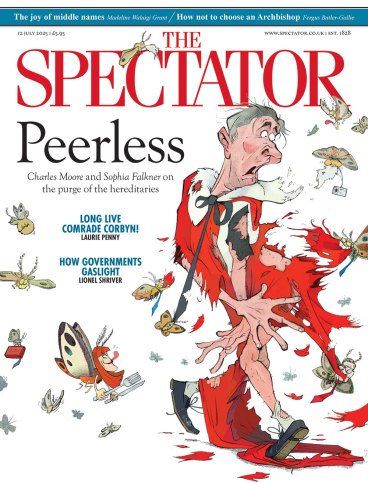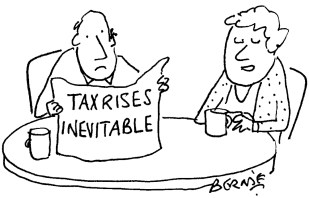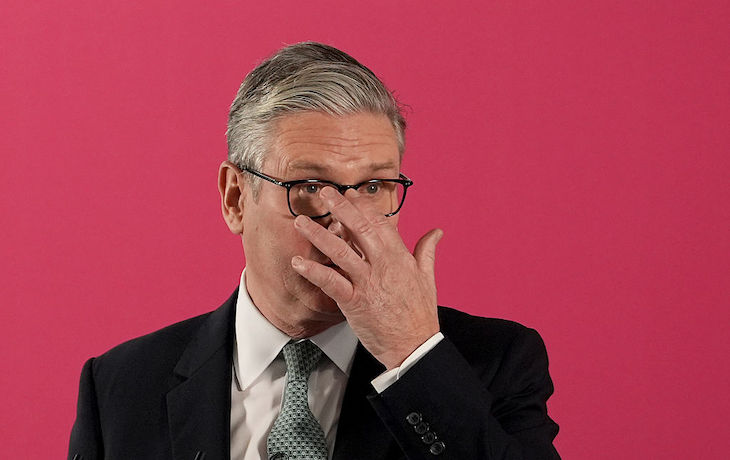
What to drink while watching cricket? Beer or even Pimm’s for the village green, but I think that a Test match on television demands wine. What a series we are having: likely to go down in the record books as a great example of the greatest of games.
Cricket incites memories. The current Indian side have a claim to be world champions. In this last Test, they thumped England even though they rested Jasprit Bumrah, probably the best bowler in the world today. But I recall earlier days when they were usually easy victims in England, with one exception: Sunil Gavaskar’s match. This was in 1979 at the Oval and Mike Brearley set the Indians 438 to win. That was a nominal target. In reality Skipper Brearley was giving his side plenty of time to bowl India out.
Gavaskar had other ideas and the Indian total mounted. In those days, it was still possible to patronise the Indians and I was rather hoping they would win, which they might have done until Gavaskar was out for 221. But I was glad that his side held out for a draw: 429 for 8.
I recently tried to explain this to an American who listened, incredulous. ‘You are telling me that a match could last for five days and then end in a draw?’ ‘Yes,’ said I, ‘and that was the right result, athletically, morally and aesthetically.’ ‘Well,’ replied the Yank, ‘even if 1776 had never happened, we would’ve broken away if you’d made us play cricket.’

Returning to the recent excitement, a friend was equipped with Sky TV and also with a lot of Quincy, a thoroughly enjoyable sauvignon blanc from the Loire, where he had just been, returning with a lot of bottles from Saget la Perrière. This was not a house I had heard of: so much the worse for me. I have drunk a lot of Quincy over the years, without ever paying much attention to the label. It is always good. I do not think that it would age well, but there is no need. A pleasant refreshment during a summer’s lease; an aperitif which will last for the first course and also, as we found, for dim sum. Anyway, my host said that Saget was one of the better growers in the Loire and I saw no reason to disbelieve him.
We decided something with more profundity would be needed to guide the England selectors
But we decided that something with more profundity would be needed for the post-mortem and to guide the England selectors in their deliberations for the next match. The girls were growing restive: it was suggested that if we wanted to talk cricket, we should move into the garden. A query was raised: ‘What about the claret?’ One of our number wanted to discuss an issue at least as interesting as England’s bowling line-up for Lord’s and this time the ladies were happy to join in: which is the finer wine, Léoville Barton or Langoa Barton? Two magnums, both ’09, had been decanted.
I recall a previous contest in which I awarded the prize to the Léoville, which made me think of Anthony Barton, that prince of wine-makers, now alas departed. This one was very hard to judge. Both were superb examples of claret, and I found it impossible to analyse their difference. Anthony himself tended to smile sardonically if visitors tried to describe the different layers of scents and taste. He would sometimes puncture pretentiousness by saying: ‘Smells of wet dog.’
It would be fun to run these two against a Lafite or Latour – they would no doubt be outgunned. On this evening, we ended up by voting and the result was three-all. Again, an aesthetically satisfying draw.
This Lucullan feast finished with some 60-year-old tawny port. I always find that tawny is easier on the head than its greater rival, vintage. One can only hope than the England selectors can discover some much-needed inspiration from a good bottle or two.







Comments